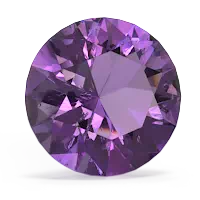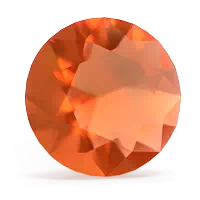


Emerald is associated with Venus, the Greek goddess of love and beauty. They say an emerald pendant can protect lovers from unfaithfulness. An amethyst pendant is said to bring spirituality, tranquility and peace to the wearer. It is even said to help one succeed in business. Opal symbolizes confidence, clarity, and calmness and is said to promote faith in oneself and hope for the future. Wear an opal pendant to capture these qualities.